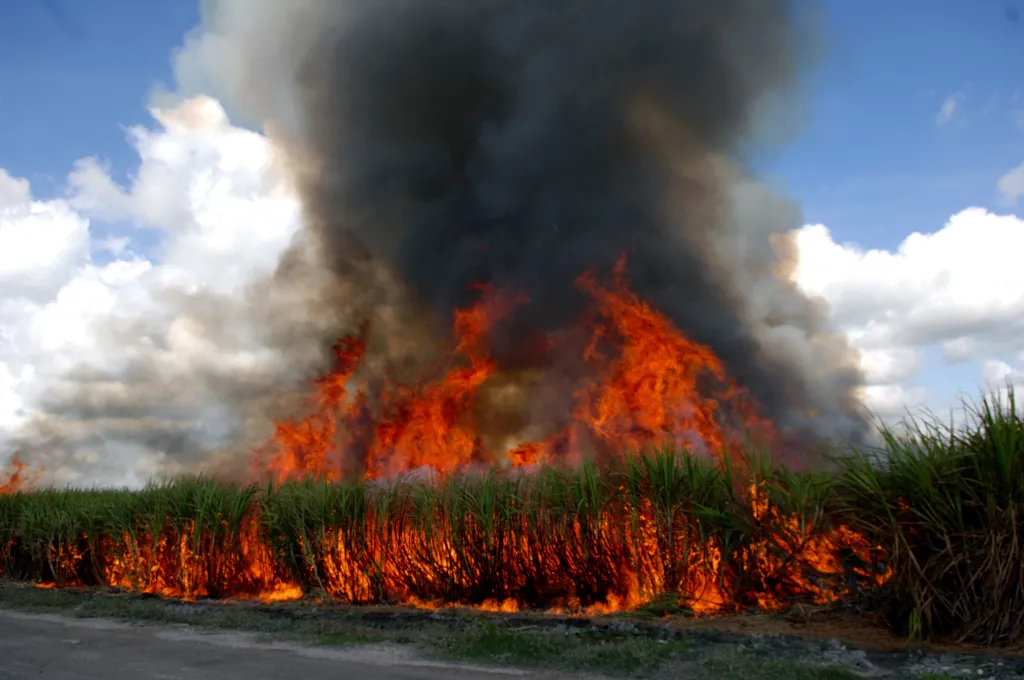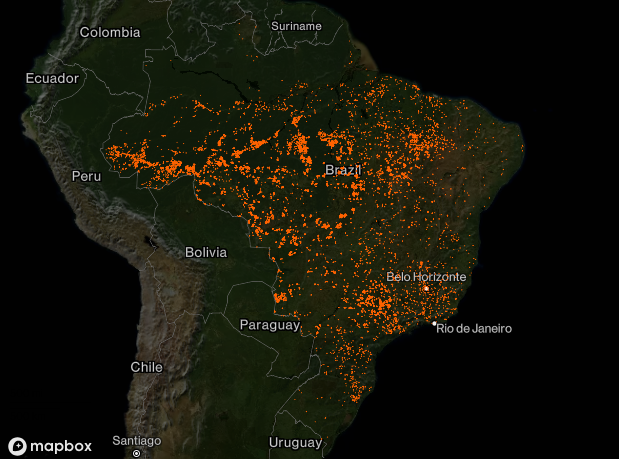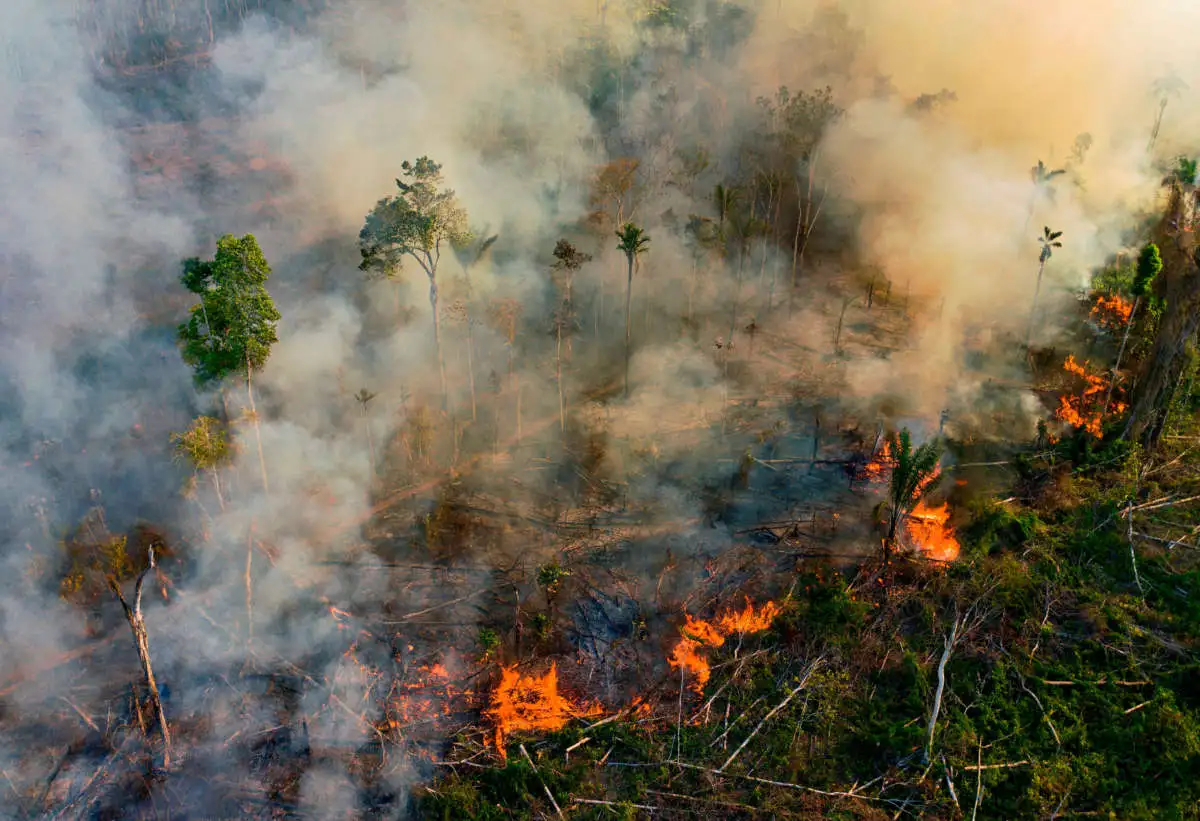A thick curtain of smoke from wildfires raging across the Amazon rainforest has blanketed large parts of Brazil, spreading from the northern regions to the country’s financial hub, Sao Paulo. The smoke, which has already smothered the capital city, Brasilia, is now moving toward neighboring countries Argentina and Paraguay.
According to WWF-Brasil, citing data from Brazil’s National Institute for Space Research (Inpe), 28,697 fires were reported in the Amazon region in August, a staggering 38% above the ten-year average. The total number of fires reported this year up to August 27 exceeds 50,000, the highest recorded since 2010.
The smoke has not only affected the Amazon region but has also spread across the vast Pantanal wetlands and throughout Sao Paulo state. Fires have been reported in the countryside of Sao Paulo and in sugar-cane fields, which are crucial for Brazil’s sugar production. Brazil, the world’s leading sugar exporter, is likely to see an impact on its global supply of sweetener due to these blazes.
This is the second consecutive year of severe drought in Brazil, and the dry, hot weather has created ideal conditions for wildfires to spread rapidly across large areas.
Many of the fires in the Amazon have been deliberately set by farmers and ranchers to clear land for pasture, according to Rafael Franca, a climate professor at the University of Brasilia.

“The situation is serious,” Franca stated, highlighting the urgency of the issue. “The next months will be critical. The only effective mechanism to dissipate all this smoke is rain, only rain.”
With the rainy season not expected until October, the current conditions could deteriorate further. In anticipation, 167 municipalities have already declared a state of emergency due to the fires, according to the National Confederation of Municipalities.
Meanwhile, the National Meteorology Institute (Inmet) has issued a risk warning, noting dangerously low humidity levels across most of the country’s federal states.
Temperatures in Sao Paulo state are expected to rise above 35°C (95°F) this weekend, accompanied by strong winds reaching up to 60 kph (37 mph), as reported by the Emergency Management Center of the Civil Defense of Sao Paulo.

The high levels of carbon dioxide from the fires are increasing respiratory illnesses and cardiovascular risks among the population, and the thick smoke has significantly reduced visibility, disrupting road traffic and airport operations.
Maria Clara Sassaki, a weather specialist at Tempo OK, a meteorological consultancy in Sao Paulo, explained that the smoke is currently moving south toward Rio Grande do Sul state.
“The fires are serious and indicate that there is a large area being destroyed,” Sassaki said. She also noted that the smoke cloud originating from the north is likely merging with other smoke clouds along its path, further increasing the concentration of pollutants.
As the fires continue to burn, the impact on the environment, public health, and regional economies is becoming increasingly dire. The ongoing drought and lack of rainfall offer little hope for immediate relief, making the situation increasingly critical as the fires rage on.
Read Also: Wildfire Smoke Chokes New York City
















